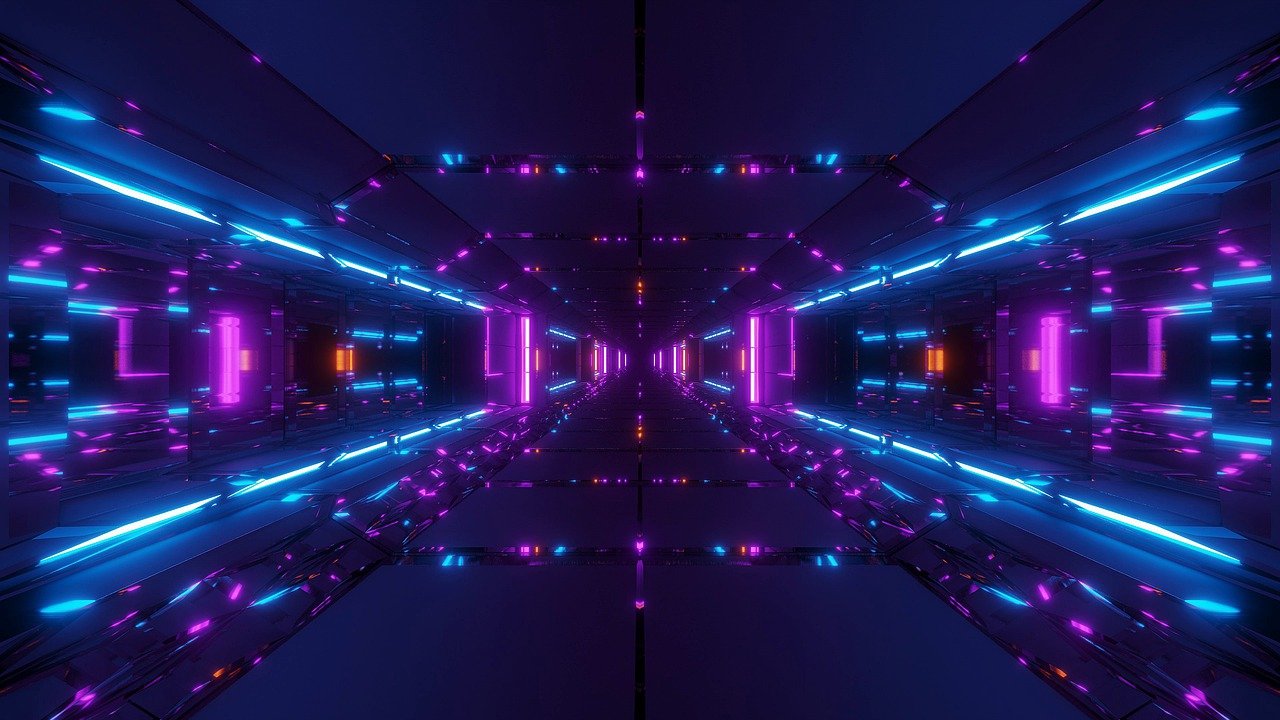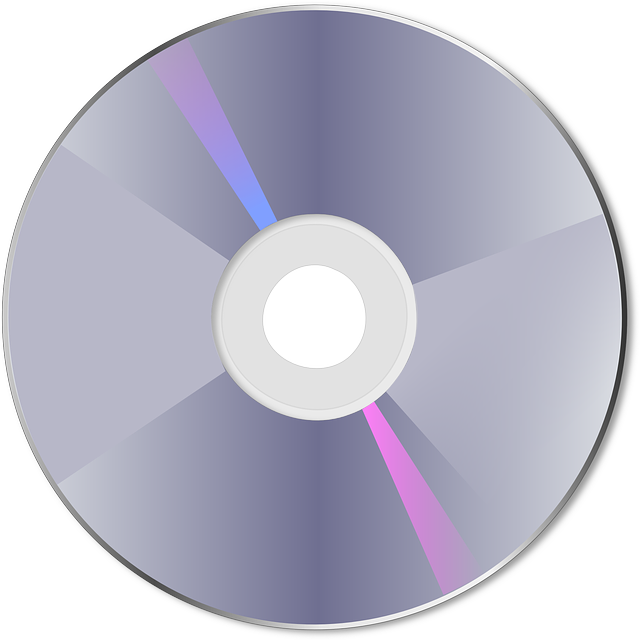
The modern world is in constant motion and development. Everything is changing, from the design of ordinary telephones to the construction methods of space stations. Both require some skills, methods and knowledge in building images and reading drawings. Old 2-D methods are gradually becoming a thing of the past, they are replaced by 3-D model construction in special programs.
What is 3D-modeling?
3D-modeling is the process of creating a three-dimensional graphic object, in order to use it further. A 3D model can be a support for the creation of an object or copy of an existing one. It can be an industrial crane, a cardan shaft, a microwave oven or something more simple, such as a toy model of a children’s boat.
When making a 3D model, follow the following plan:
1) Modeling (creating a mathematical base);
2) Texturing (introduction of object properties);
3) Dynamics simulation (used only in some cases, for example, when it is necessary to consider the interaction of particles or any objects);
4) Rendering (projection construction);
5) Composing (the final stage in which the resulting model is corrected).
Where is 3D graphics used?
3D graphics are widely used in filming, television, book printing, publishing weekly magazines, designing buildings and structures, manufacturing of any parts and assemblies, in design automation systems (CAD), etc.
Disadvantages of two-dimensional methods:
1) It is difficult to access elementary analysis. 2D-images give a sufficient amount of information about the structure and its details, but there is no idea about three-dimensional interactions and links with other objects, about the relationship of the structure’s own components.
2) Laboriousness of verification. Because of the limitations of 2-D images, the verification of a drawing can take a long time. Besides, the peculiarities of drawing design make the verification rather complicated, which makes it possible to “pass” an error in the final result.
3) Physical models. From point 1, “The difficulty of elementary analysis”, it follows that in some cases the designer has to create a physical model to understand the whole picture.
4) The difficulty of constructing isometric views when the actual dimensions of the parts do not match the flat representation on the drawing.
Advantages of 3D modeling:
1) A more visual representation of the product than with 2D methods.
2) No need for an additional physical model.
3) Relatively fast production of drawings and product layouts. Thanks to three-dimensional methods, you can get rid of time-consuming and routine activities. All constructions of drawings occur automatically (at the request of the user).
4) Functionality. Ability to use 3D-models in various programs and devices.
5) Number 4 “Functionality” implies a possibility of automated calculation of various product properties such as heat distribution, mass-inertia properties, etc. As well as speeding up the development process.
6) Flexibility of model changes. Significantly simplified correction of the drawing or model.
Based on the above, the obvious advantage of three-dimensional graphics over two-dimensional. In the near future, 3D-modeling will completely replace 2D-methods.



